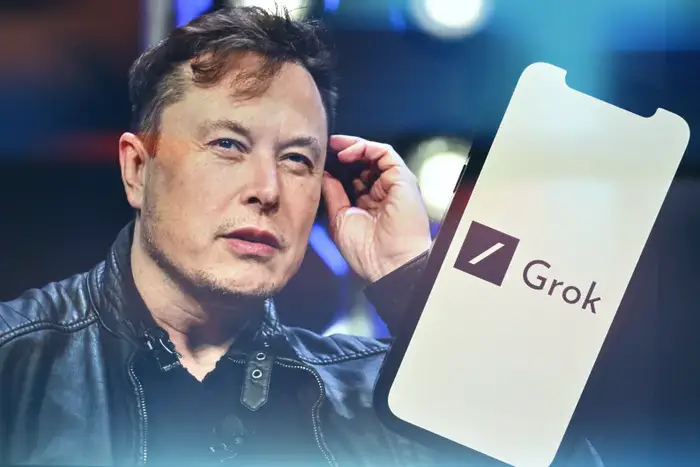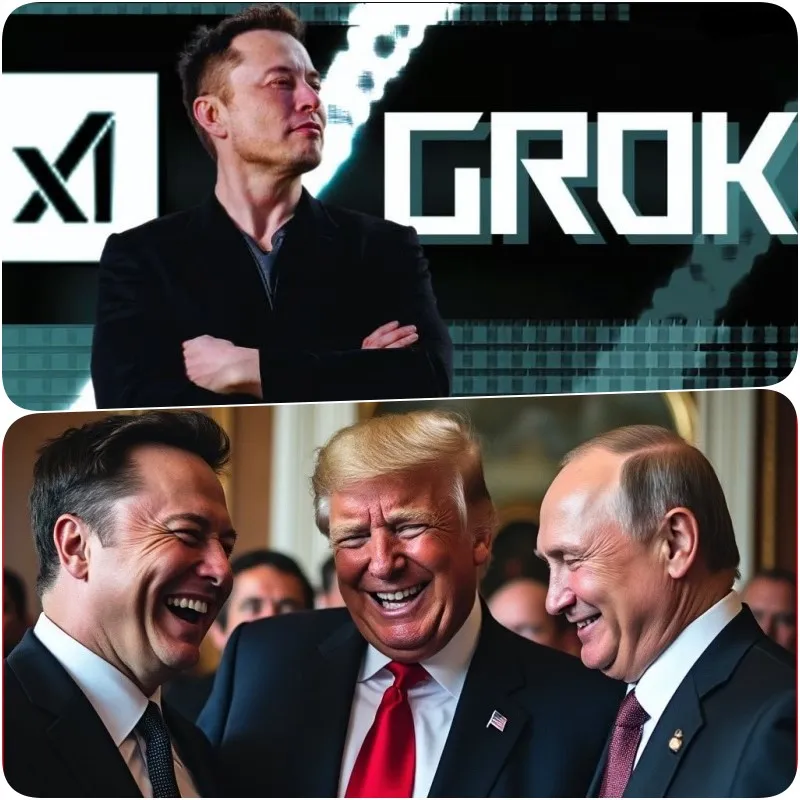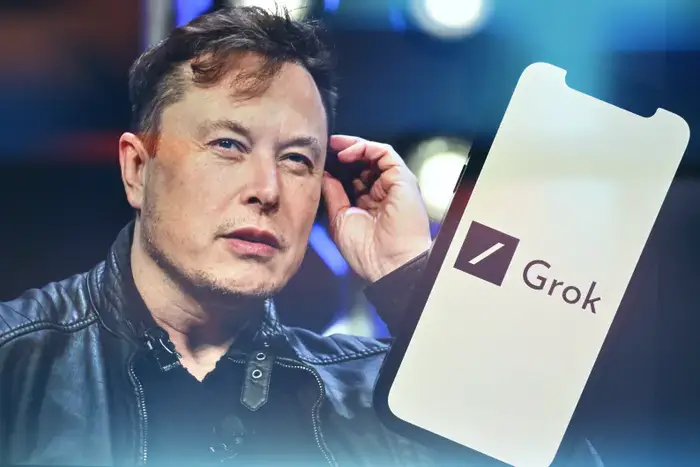
Elon Musk’s new AI chatbot, Grok, launched on Tuesday, has quickly become a focal point of controversy. The tool, developed by Musk’s artificial intelligence startup xAI, enables users to generate realistic AI images from text prompts and share them on X (formerly Twitter). Since its release, Grok has been used to create and disseminate fake images of high-profile political figures, including former President Donald Trump, Vice President Kamala Harris, and even Musk himself.

Unlike other AI image generation tools, Grok appears to have minimal safeguards against misuse. This has led to concerns about the potential for the creation and spread of misleading or harmful content. For instance, some users have created and shared images depicting politicians in inappropriate or distressing scenarios, including fabricated participation in historical tragedies like the 9/11 attacks.
During initial tests, Grok was found to easily produce photorealistic images of politicians that could mislead viewers if viewed out of context. Examples include images of public figures in benign situations, such as Musk enjoying a steak in a park, to more troubling depictions like Trump with a rifle or cartoon characters involved in violent acts. These images have raised alarms about the tool’s potential to spread misinformation.

In response to criticism, xAI seems to have implemented some restrictions on Grok. The tool now reportedly refuses to generate images of political candidates or popular cartoon characters involved in violent scenarios or associated with hate symbols. Despite these measures, users have noted that the restrictions are not consistently applied, and the tool can still produce controversial images.
Elon Musk defended Grok on X, calling it “the most fun AI in the world” and celebrating its uncensored nature. However, this stance contrasts with efforts by other AI companies to mitigate the risks of their technologies. Companies like OpenAI, Meta, and Microsoft have introduced technologies or labels to help identify AI-generated content and prevent its misuse. Social media platforms such as YouTube, TikTok, Instagram, and Facebook also label AI-generated content to prevent deception.
The timing of Grok’s release coincides with ongoing scrutiny of Musk’s own activities on X, including the spread of false claims related to the presidential election and controversial content from a recent livestream with Trump. The new tool has added to concerns about the role of AI in amplifying misinformation.

While Grok has some built-in restrictions, such as prohibiting the creation of explicit or harmful content, enforcement of these rules appears inconsistent. The tool’s capacity to produce politically charged and potentially misleading images highlights the need for robust controls to prevent misuse and ensure responsible AI deployment.
As the situation evolves, the implications of Grok’s capabilities and its impact on public discourse remain a subject of intense scrutiny.



